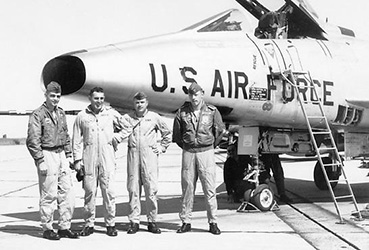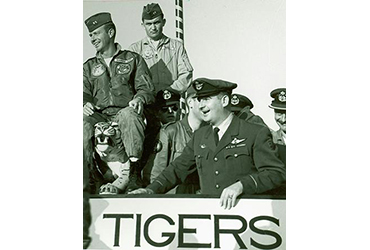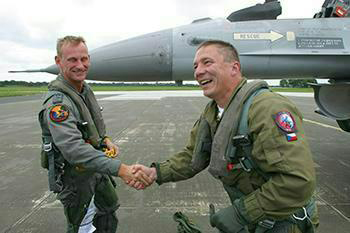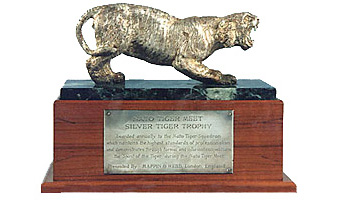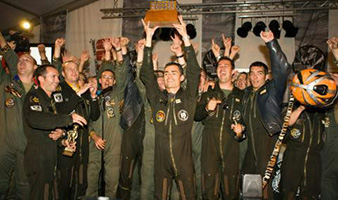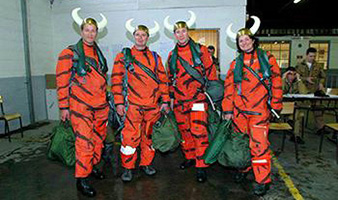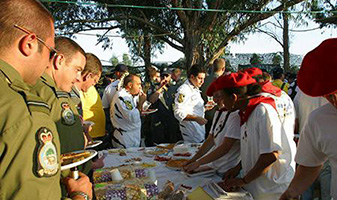Origins
Symbols

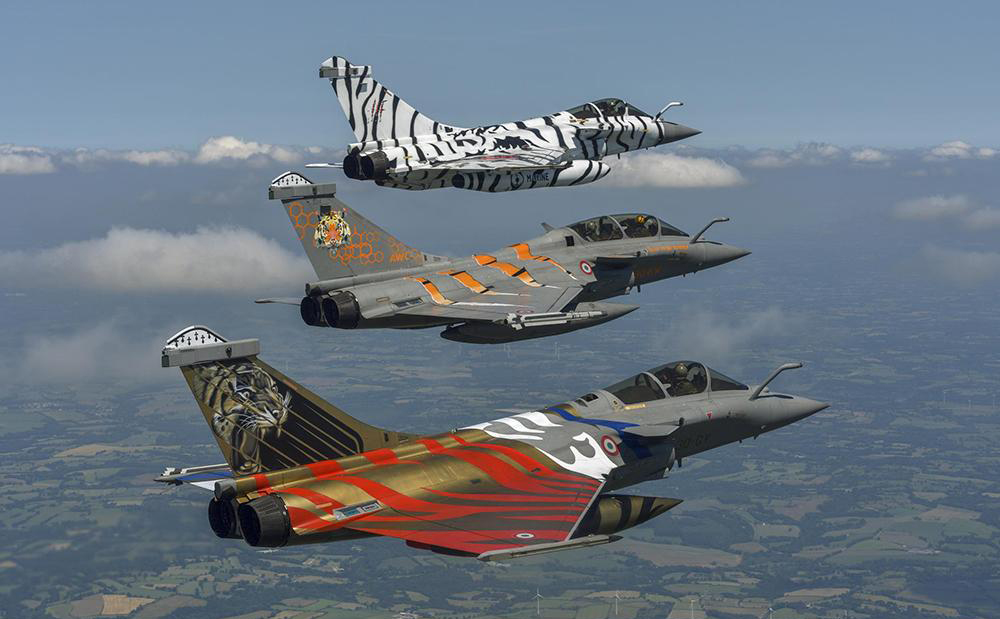
Three French Rafale aircraft decorated with tiger motifs from the squadrons ECE1/30, EC3/30 and 11F during the 2017 NATO Tiger Meet in Landivisiau, France. (Copyright by Katsuhiko Tokunaga/ NATO Tiger Association)
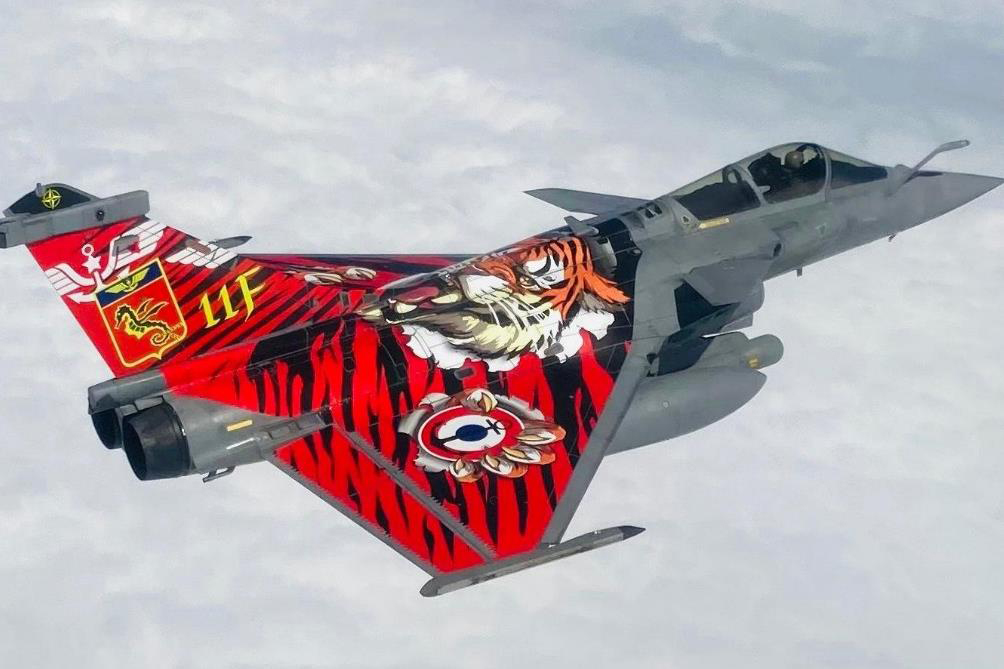
c A Rafale from the French Navy Flottille 11F "les furieux" during the 2024 Tiger Meet at Schleswig Air Base, Germany. (Photo by French Navy)
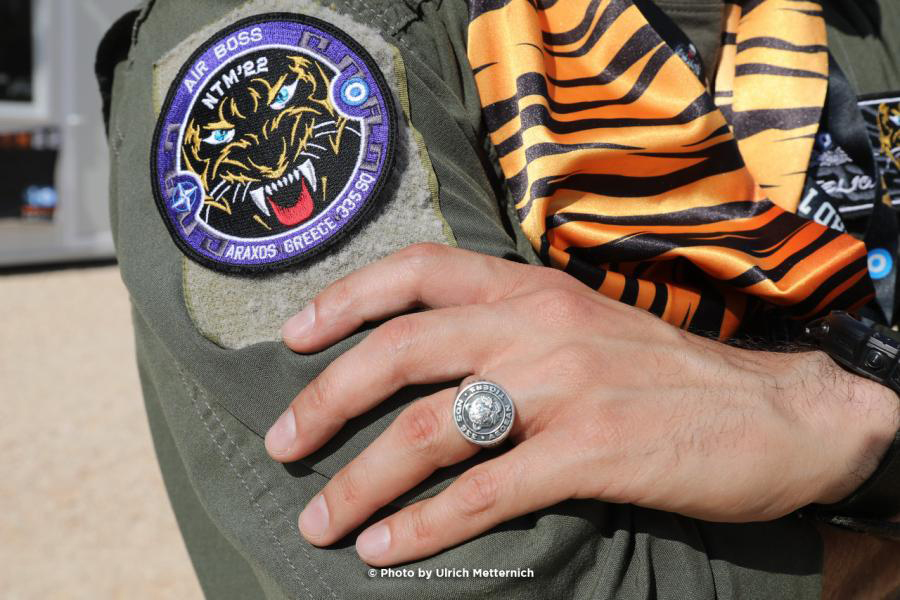
Tiger scarf, air boss patch and squadron ring from a crew of the 335 Mira (squadron) of the Hellenic Air Force during the 2022 NATO Tiger Meet, organised for the first time in Greece. (Photo by Ulrich Metternich / NATO Tiger Association)
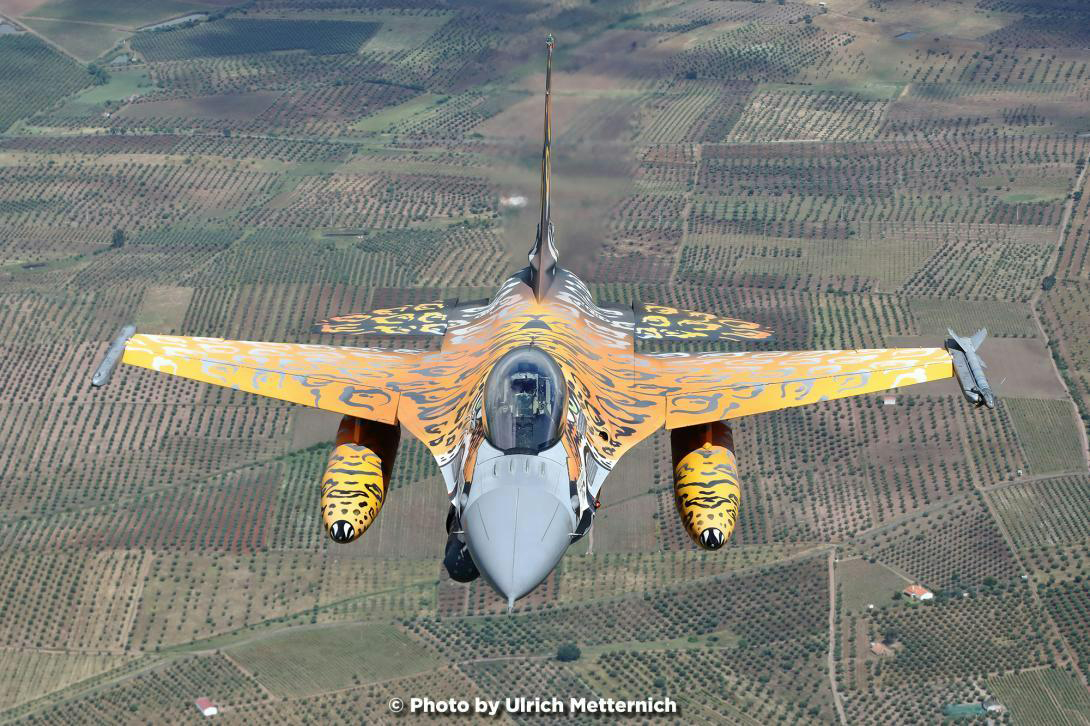
F-16 aircraft from the Portuguese Esquadra 301 ‘Jaguares’ at the 2021 NATO Tiger Meet in Bejal, Portugal. (Photo by Ulrich Metternich / NATO Tiger Association)
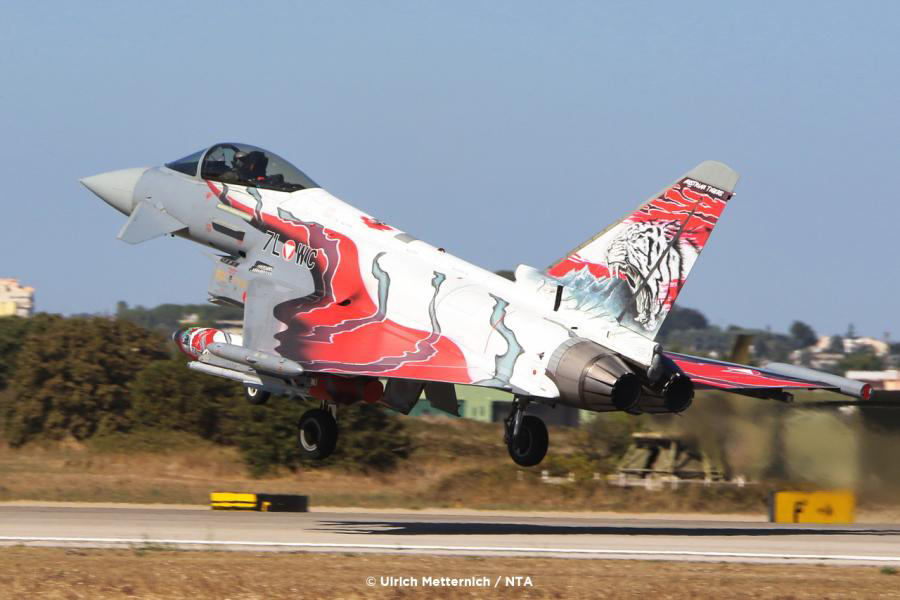
Austrian Eurofighter painted with a tiger head and stripes during the 2023 NATO Tiger Meet in Gioia del Colle, Italy. (Photo by Ulrich Metternich / NATO Tiger Association)
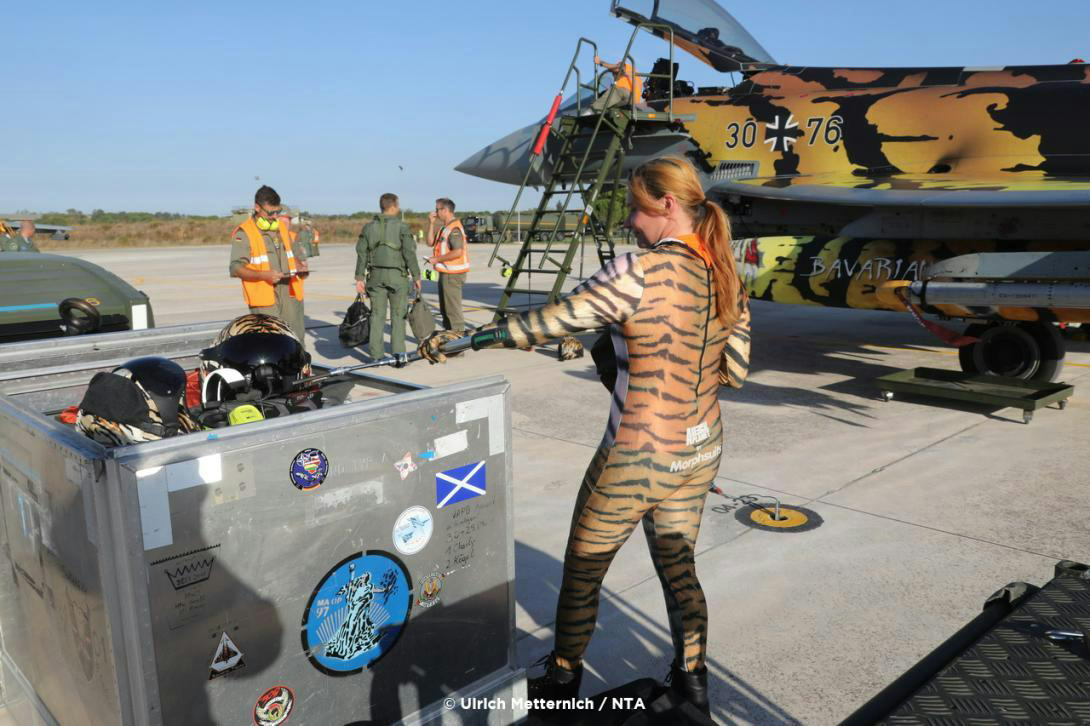
Crew chief from the German TAW 74 squadron wearing a tiger suit during the 2023 NATO Tiger Meet in Gioia del Colle, Italy. (Photo by Ulrich Metternich / NATO Tiger Association)

Turkish pilot stands in front of an F-16C/D decorated with tiger stripes at the 2023 NATO Tiger Meet in Gioia del Colle, Italy.
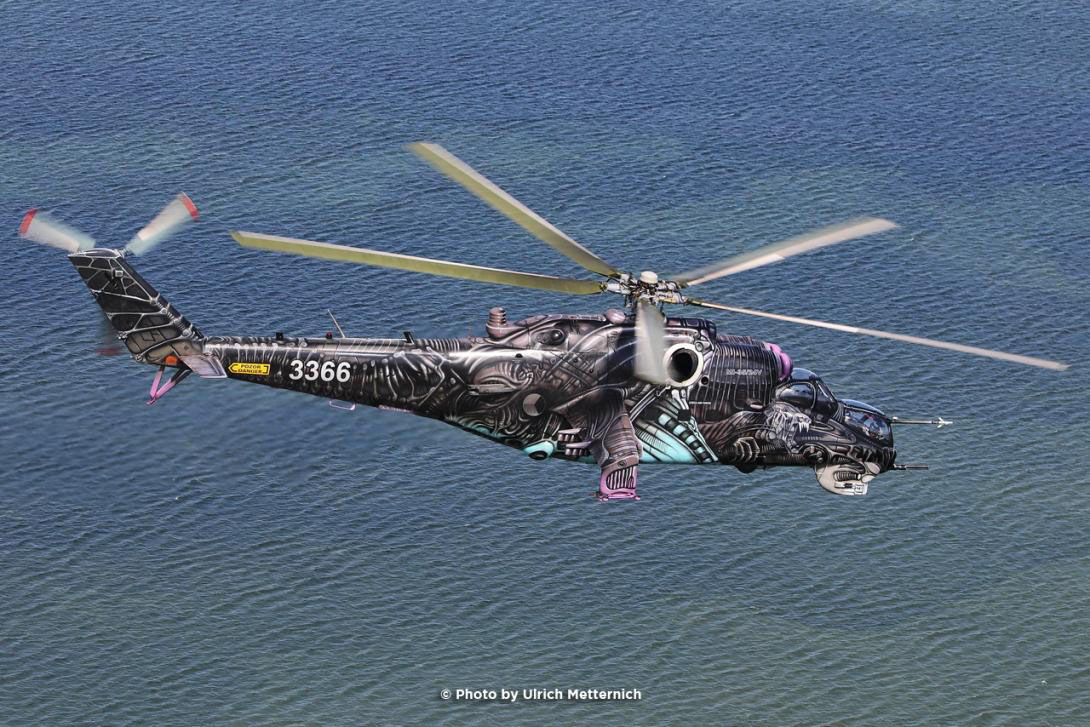
Mi-24 Hind helicopter from the Czech Air Force 221 Squadron participating for the last time at the 2022 NATO Tiger Meet in Araxos, Greece before it was phased out. (Photo by Ulrich Metternich / NATO Tiger Association)
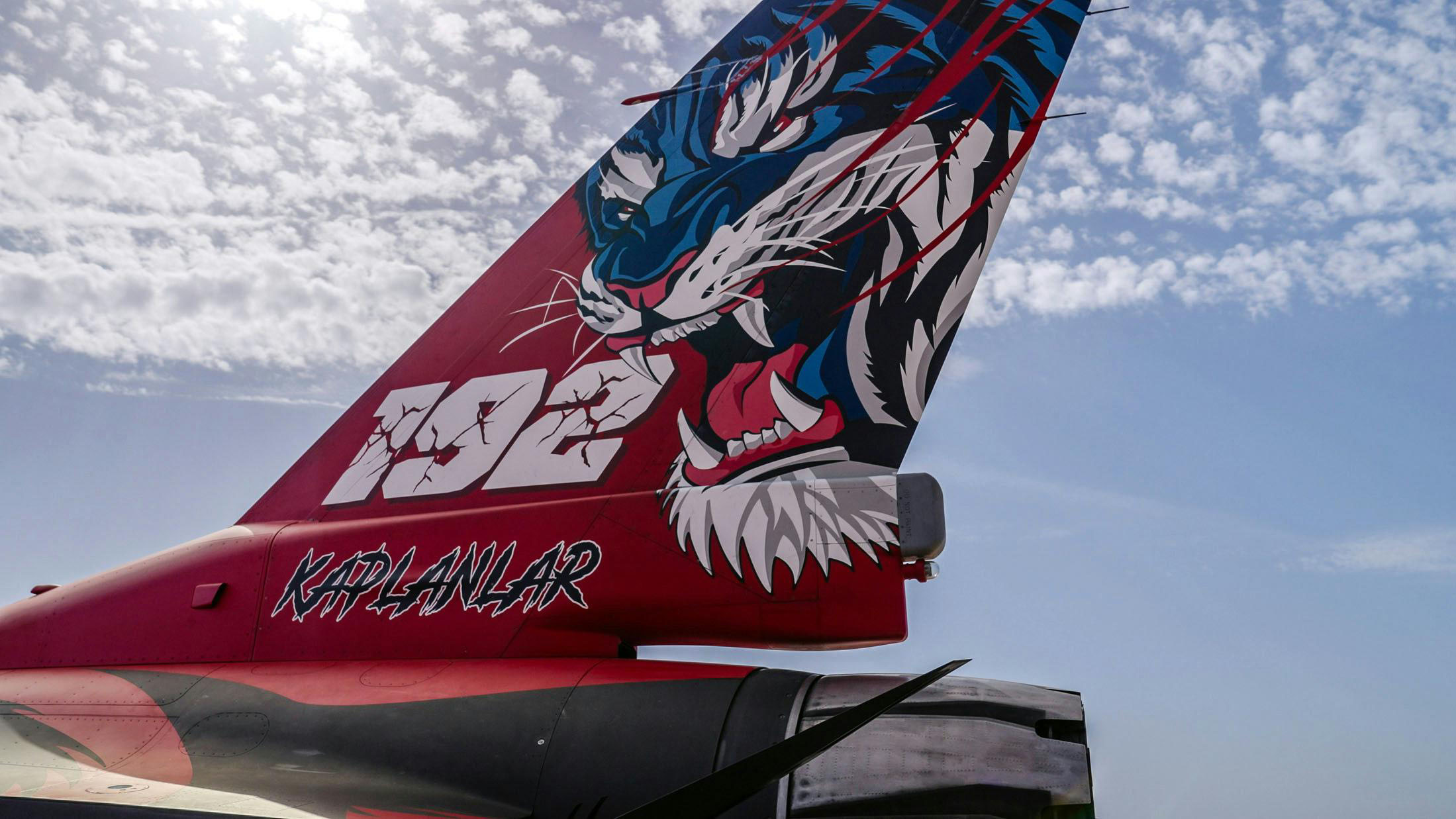
Tail of a Turkish F-16C/D aircraft painted with a tiger head, at the 2023 NATO Tiger Meet in Gioia del Colle, Italy.
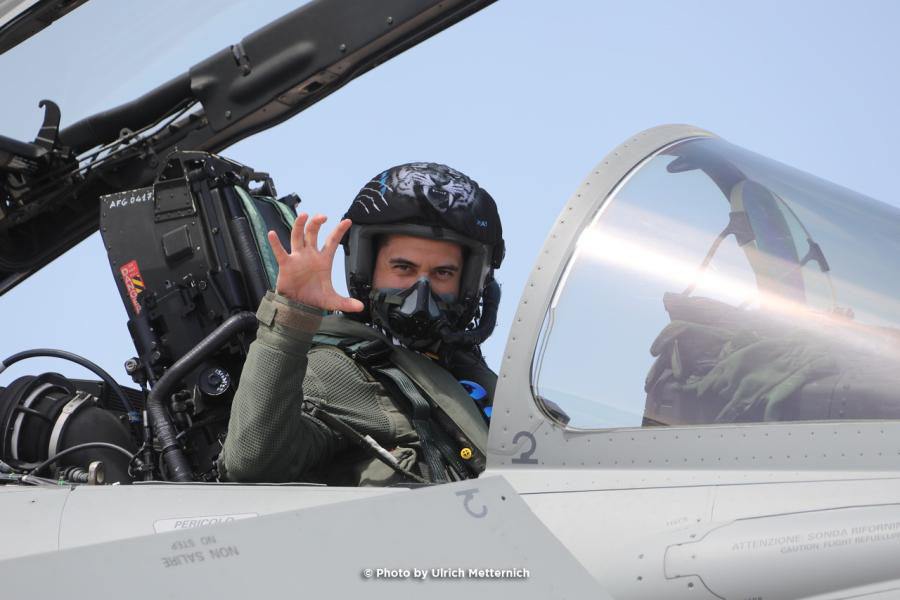
Italian Air Force 12º Gruppo pilot showing the tiger claws, a common gesture among NATO Tiger members, at the 2022 NATO Tiger Meet in Araxos, Greece. (Photo by Ulrich Metternich / NATO Tiger Association)
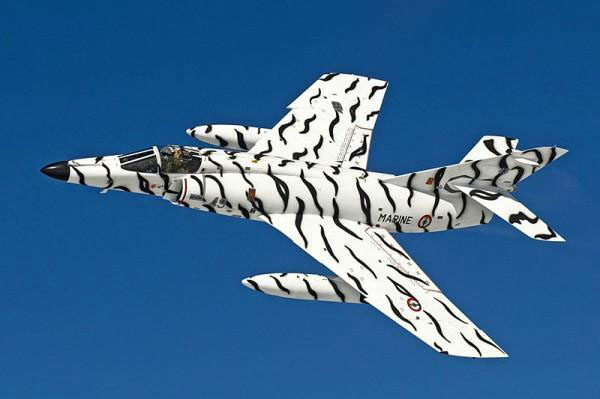
French Naval Aviation Flottille 11F Super Étendard aircraft painted with Arctic tiger stripes during exercise Ocean Tiger, which took place at the 2008 NATO Tiger Meet in Landivisiau, France. (Photo by Benjamin Vinot Prefontaine)

